Posterior Tibial Tendon Dysfunction (PTTD) describes the damage to, and inflammation of, the posterior tibial tendon, one of the major supporting tendons of the foot that plays an important role in our ability to walk, holding up the arch and supporting the foot as we walk. As the name suggests, the posterior tibial tendon travels down the back of the tibia (shin bone) and crosses to the inside of the ankle, behind and below the bony bump (medial malleolus) to attach to multiple sites at the bottom of the foot. PTTD is often referred to as Adult Acquired Flatfoot as it is the most common cause of flat feet developed in adulthood. This is because damage to the tendon impairs its ability to support and stabilise the arch.
PTTD is an overuse condition, caused by overloading and straining the posterior tibial tendon past what it can safely handle, resulting in damage and inflammation. Contributing factors to the development of PTTD can include:
.jpeg)
PTTD often affects one foot, though can develop in both. Without effective management, the symptoms of PTTD tend to progressively worsen resulting in a partial or even complete tear of the tendon. PTTD can be characterised into 4 stages of progression. Symptoms of PTTD can include:
Early intervention is recommended to stop the progression of painful symptoms and further damage to the posterior tibial tendon. The PRICE principles (protection, rest, ice, compression and elevation) can be used initially to help reduce painful symptoms. Treatment then needs to focus on addressing the cause of the PTTD and may include:
If left untreated, symptoms can leave you with not only flat feet but the inflammation and damage of surrounding structures, particularly at the ankle, as well as conditions such as arthritis that can make daily activities like walking painful.
.png)
Since introducing shockwave therapy, we’ve helped many of our patients avoid surgery for certain conditions. Here's what you
need to know about shockwave treatment and how it works.
.png)
This Mother’s Day, consider a practical, medically safe, and confidence-boosting gift: a professional KeryFlex nail restoration treatment. It’s a simple, effective, and medically safe way to instantly transform the appearance of toenails.

In some cases like arthritis, continuing to stay active is one of the best things you can do for your joints. Is the same true if you're in pain or have an injury?

A stroke is New Zealand's second single biggest cause of death and a leading cause of serious adult disability. Here's how podiatry can help in your rehabilitation.
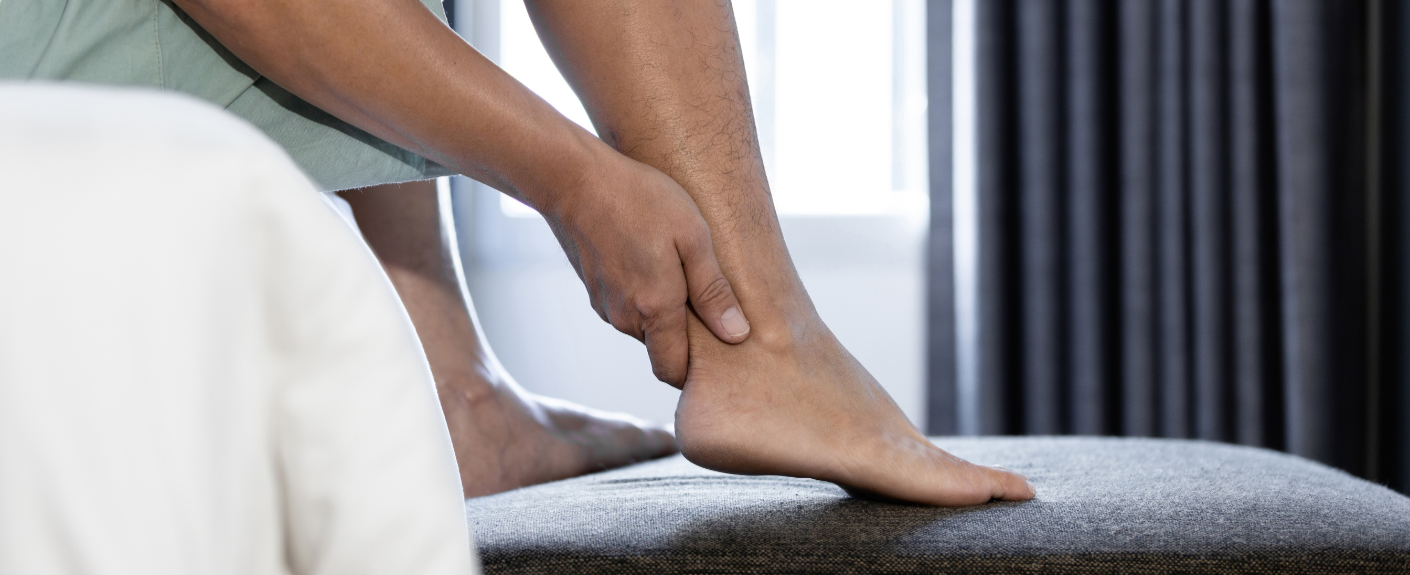
Shockwave is a fantastic treatment for Achilles injuries and Achilles heel pain. Here's how it works and how our podiatrists use it.
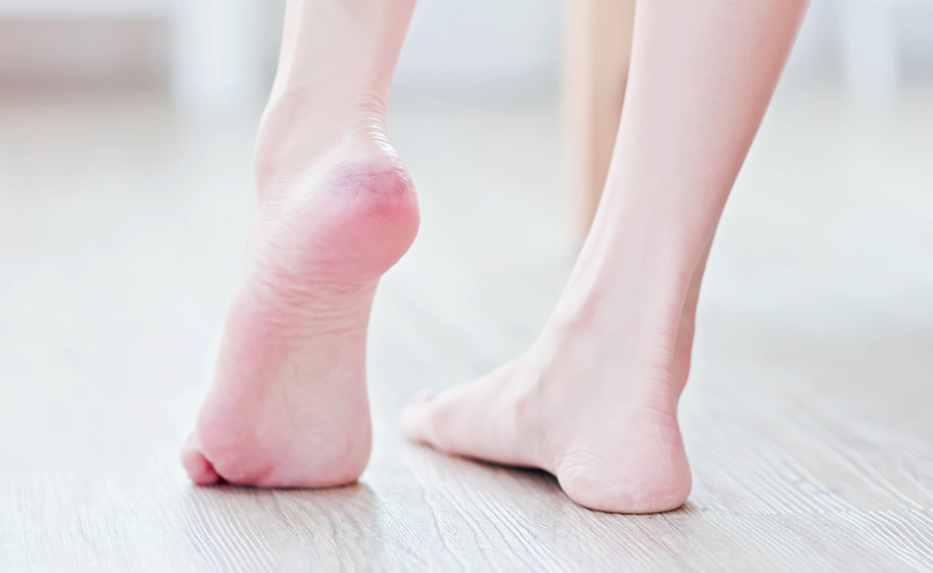
How does shockwave work to relieve foot pain? Here's how it helps you, and how our podiatrists use it at our Remuera clinic.
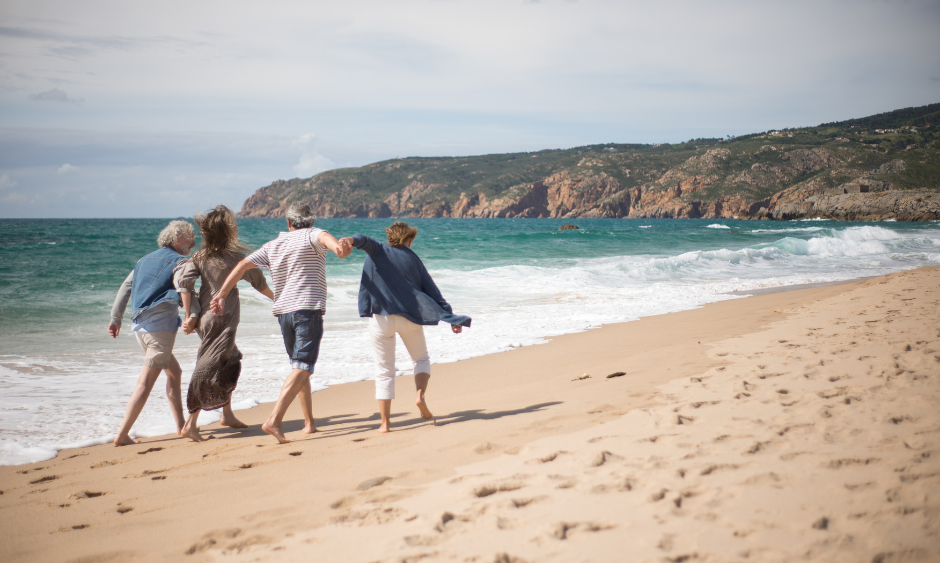
How do you go through the holidays and family visits while keeping up your strength and fitness? Here are five ways.

Help your loved ones stay on their feet for years to come with a podiatry appointment. Here's how it can help.

We’ve welcomed the Nu-Tek low-level laser into our podiatry clinic. Here's how you tell if it could be the answer to your foot
pain.
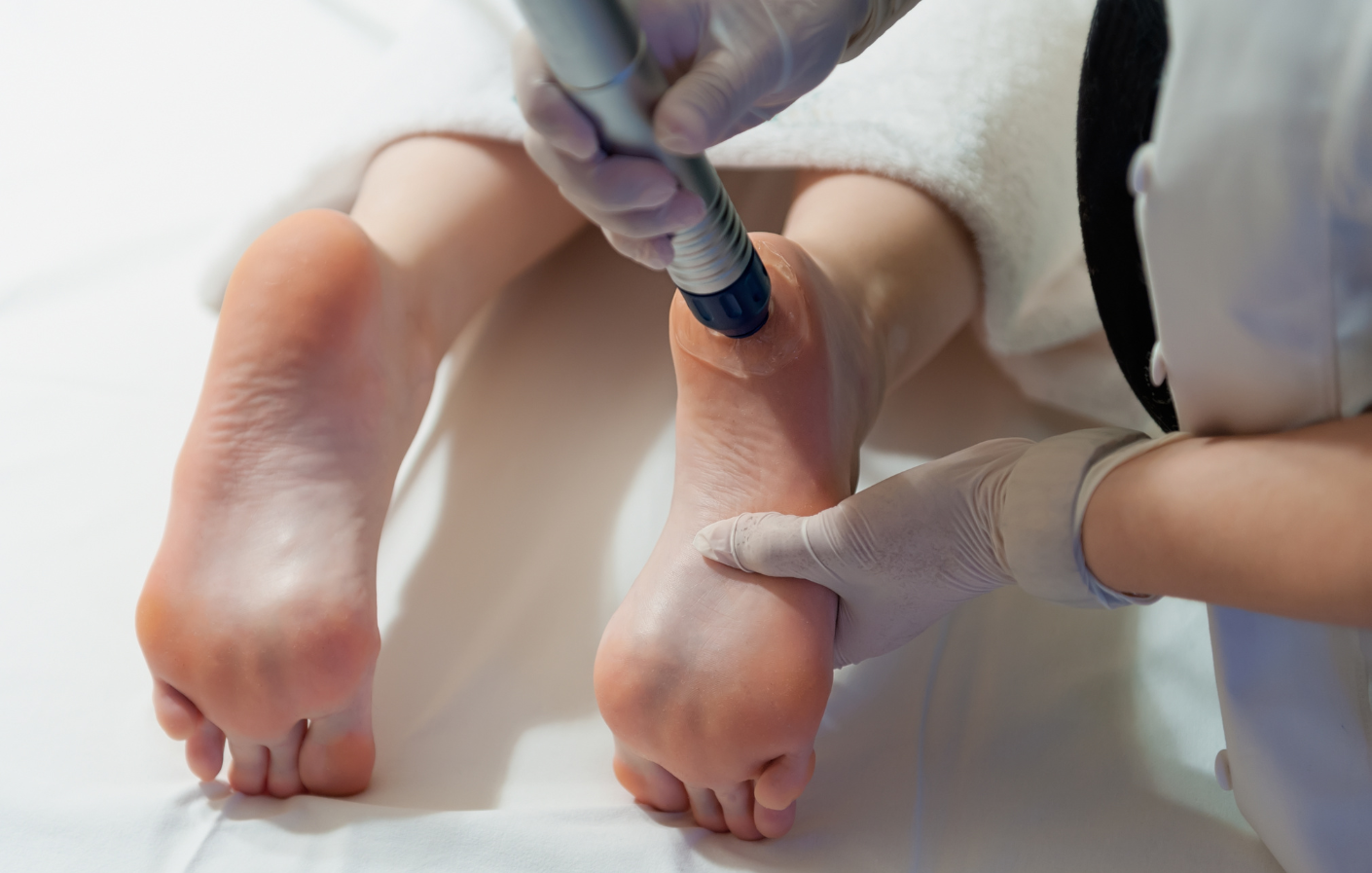
Otherwise known as radial pressure wave therapy, shockwave therapy is a device held by our podiatrists and positioned against your foot or leg at the site of your injury.
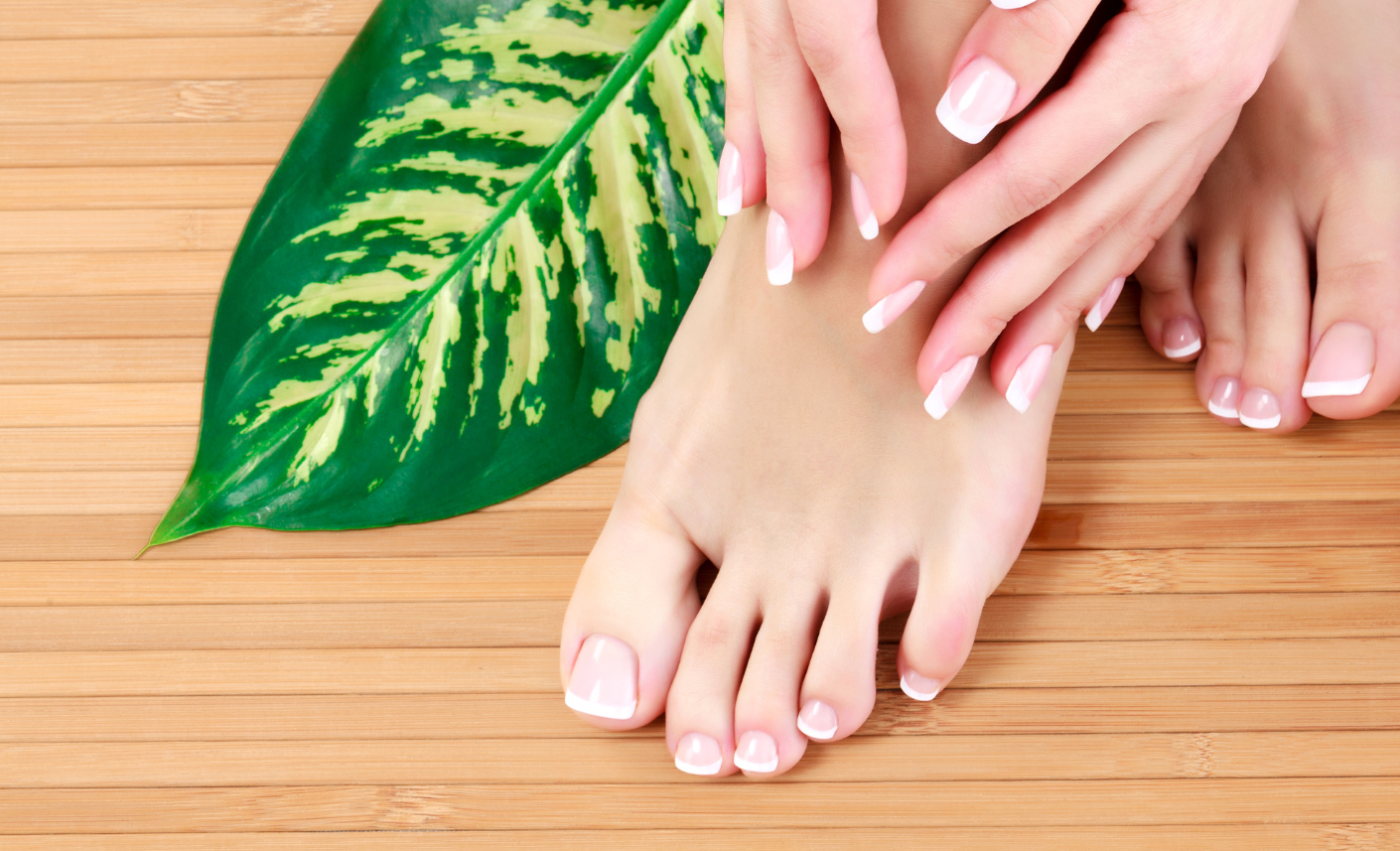
We can transform the appearance of toenails to look healthy and clear in three ways, and as fast as in one appointment. Here's how.

Tingling or numbness in your feet and legs during or after exercise can be an odd sensation. If you’re prone to experiencing it, the most common reasons are related to pressure on nerves or problems with your circulation.
Keeping your family on their feet and helping them to walk, run, play and exceed their goals is why we love getting up in the morning.
Ground Floor, One Health Building
122 Remuera Rd, Remuera
Auckland 1050, New Zealand
| MON - FRI | 7:30am – 6:30pm |
| SAT | 8:30am – 4:30pm |
| SUN | Some availability |
Make an Appointment
Online Schedule